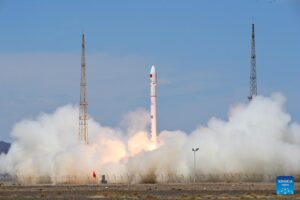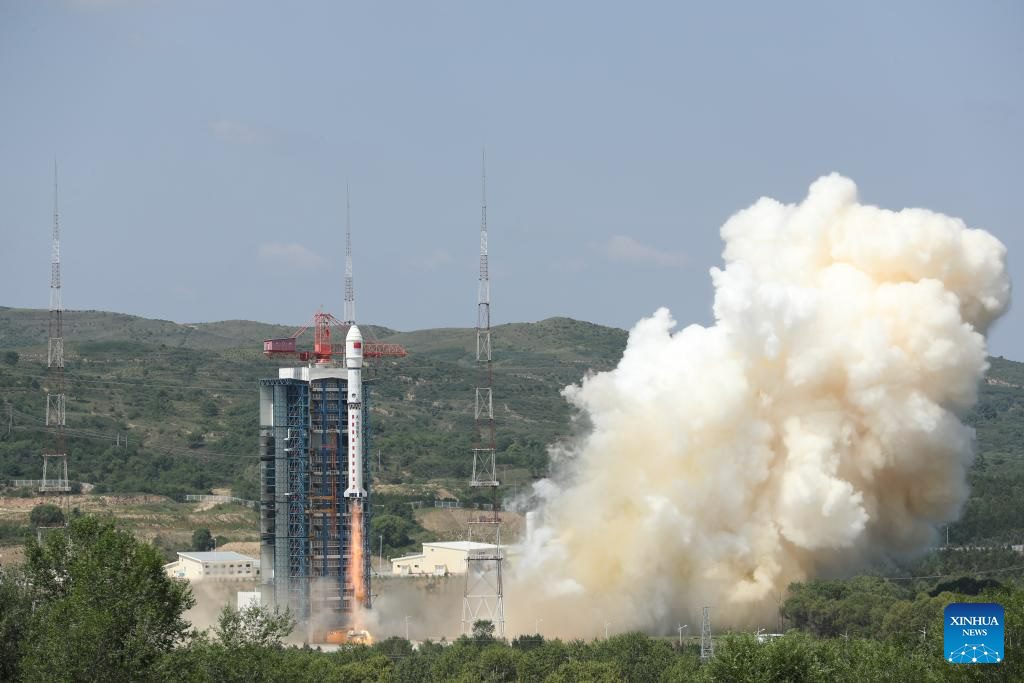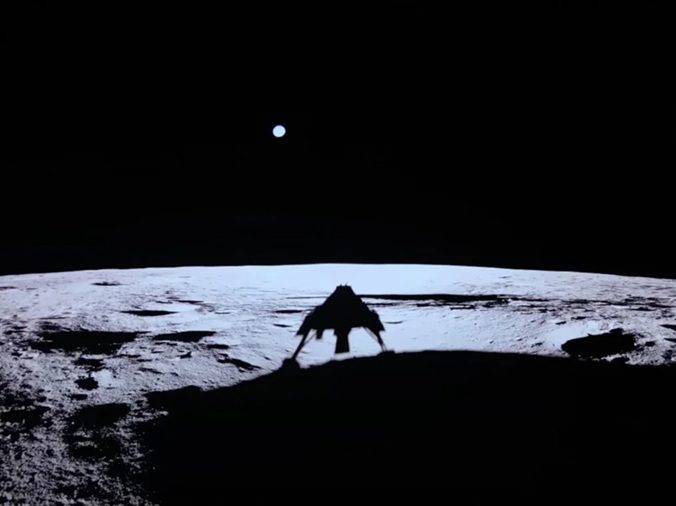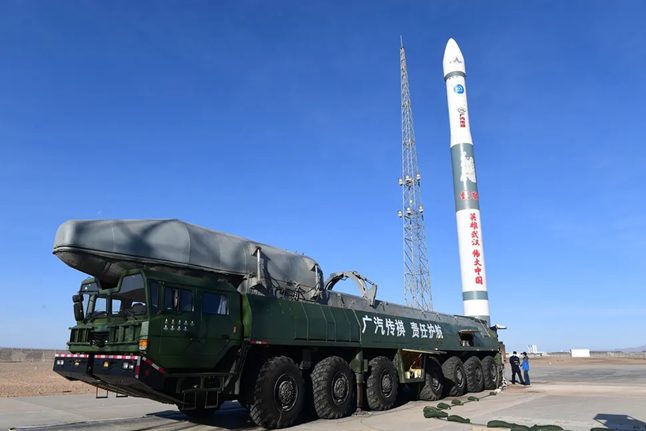Launching on 22 and 23 July 2023 two rockets from China carried a total of six satellites into low Earth orbit (LEO) or very low Earth orbit (VLEO).
The first mission lifted-off at 0507 GMT on 22 July and saw commercial Chinese company Galactic Energy using its Ceres-1 rocket to launch two small satellites from the Jiuquan Satellite Launch Center, Northwest China. This was the sixth launch of the Ceres-1 rocket. Onboard was Qiankun-1, a ~200 kg mini-satellite designed to operate in VLEO. With it was the smaller Xingshidai-16 which carries a blockchain payload.

The Ceres-1 rocket lifts-off. Courtesy: Xinhua/Wang Jiangbo
The second launch involved a SAST-operated Long March 2D (CZ-2D) rocket lift-off from the Taiyuan Satellite Launch Center, China. It carried four satellites into LEO. This launch lifted-off at 0250 GMT on 23 July. Onboard was Lingxi-03 built by GalaxySpace as a prototype for a Chinese, stackable, flat-panel and modular solar wing equipped mini-satellite and three satellites for Sixiang Technology to evaluate different potential products.
Comment by Matt Wilson: Assume that the Lingxi-03 is a Chinese equivalent to the SpaceX Starlink communications spacecraft design.

The Long March 2D rocket lifting off. Courtesy: Xinhua/Zheng Bin





